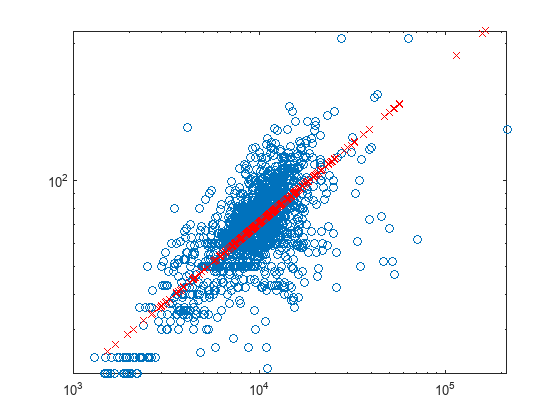数据预处理
清洗、归一化、聚合和分析数据
数据预处理是将原始数据变换为更易于分析的格式的过程。此过程可以包括清洗步骤,例如处理缺失值或平滑含噪数据。通过对数据进行清洗、组织和摘要处理,您可以识别模式、作出预测并为决策提供信息。
App
实时编辑器任务
函数
主题
清洗数据
- MATLAB 中的缺失数据
处理数据集中的缺失值。 - 清除表中的杂乱数据和缺失数据
标准化、填充或删除表中的缺失值,并通过对行进行排序和移动变量来重新组织表。 - 数据平滑和离群值检测
消除数据中不需要的噪声或行为,并查找、填充和删除离群值。 - 使用实时编辑器任务清理杂乱数据并定位极值
使用实时编辑器任务以交互方式预处理数据。
去趋势
- 去除时间表数据中的线性趋势
使用 detrend 去除数据中的多项式趋势。
摘要
- Summarize or Pivot Data in Tables Using Groups
Interpret data based on common characteristics by creating and visualizing a grouped summary table or pivoted table. - Perform Calculations by Group in Table
Specify groups of data in tables and timetables, and perform calculations by group. Choose a function for group calculations using these recommendations.

